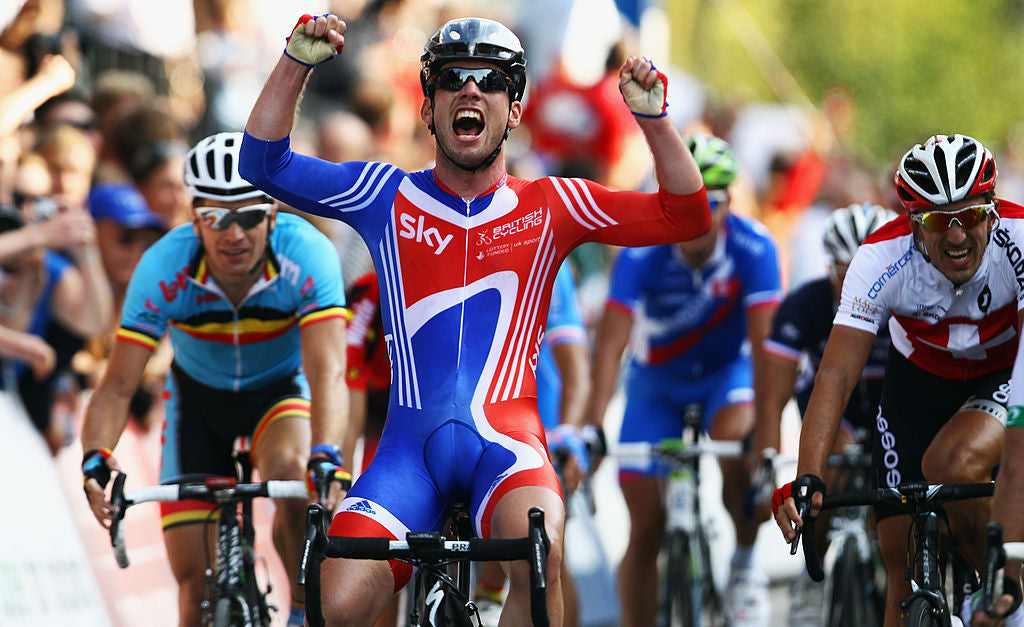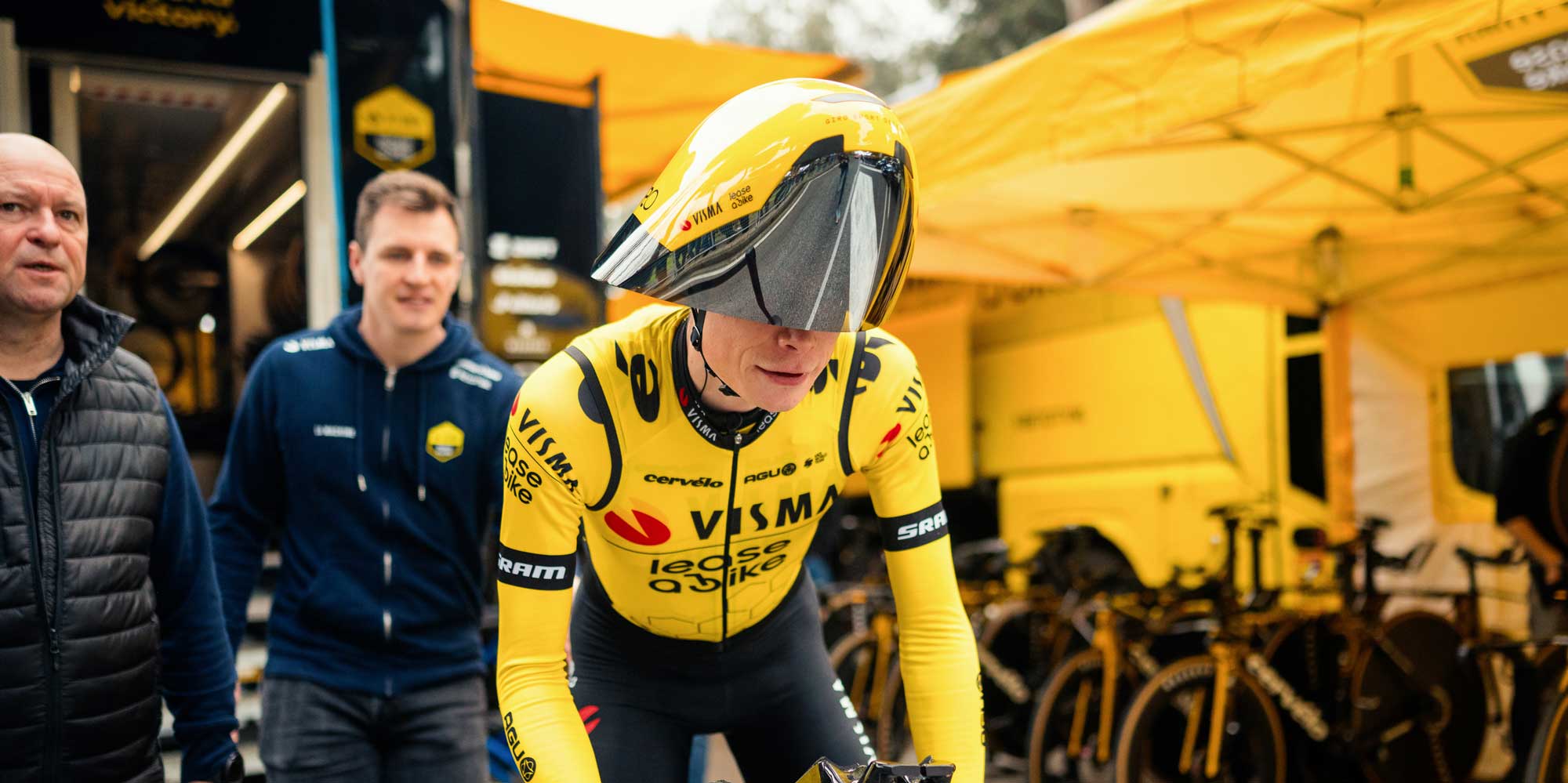Watching Alberto Bettiol cross the line in Salassa at the end of Milano-Torino, the oldest spring Classic on the calendar, should have been a beautiful moment. The Italian rider attacked with 30 kilometres to go, put his head down and soloed all the way to the finish, holding off a charging chasing group with the same style and class that won him the Tour of Flanders in 2019. Except he looked like a time triallist. He was wearing a POC aero helmet with a full visor that extended over his ears, a Rapha skinsuit with strategically placed seams to keep the boundary layer attached for longer, aero oversocks and aero gloves. His tucked-in head and narrow arms added to the contre-la-montre look.
On social media his team posted: “The EF Pro Cycling aero package brought to you by Cannondale, Rapha, POC, Wahoo and Amacz. Attack brought to you by Alberto Bettiol.”

The reaction was predictable. Some called for a ban while others wanted more detail on the actual drag reduction of the aero package. Did this helmet really signal the end of sunglasses in road races for those who were serious about winning? One user sensibly asked: “In seven months’ time will this be just normal?”
Ironically, when Greg LeMond first wore Oakley Factory Pilots at the Tour de France in 1985 he was laughed at. You don’t wear geeky ski goggles in cycling. Would Coppi or Anquetil hang a sheet of green plastic over their faces? But the following year almost every rider was begging Oakley founder Jim Jannard for a pair and now Oakleys are so establishment that the cycling world is worried they’re going to become an endangered species.

Let’s go back 13 years. When Mark Cavendish won the 2011 World Championship road race he – and all the Team GB riders – were wearing skinsuits. That was far from normal at the time. Skinsuits were not for road racing. The Guardian’s Richard Williams reported that “one veteran had to be coaxed into the unfamiliar garment after a career in jerseys and shorts.”
Cavendish’s helmet had been adapted, its vents covered in thin plastic – rumoured to be cling film at the time – to make it more aerodynamic. “No one else was wearing a skinsuit in Copenhagen on Sunday. No one, as far as one could see, had attempted to improve the performance of his helmet,” said Williams.
What he said next, when Dave Brailsford’s ‘marginal gains’ were just starting to be taken seriously, describes the shake-up Brailsford and Team Sky gave professional cycling: “When British teams win big, like England's rugby men in 2003 or the cricketers two years later, they tend to grow complacent. The cyclists, by contrast, take each success as a cue to reset their sights.”

This is clearly what’s still happening. Just as we thought cycling might have reached peak aero, 2024 has seen the launch of the Giro Aerohead II, arguably the most radical and controversial piece of time trialling equipment in years. And seemingly the more time trialling resembles downhill skiing, road racing moves into the aero space time trialling previously occupied. But does it matter? Does style have a say any more? Some believe the reaction on social media to the aesthetics of the Giro Aerohead may have influenced the UCI’s decision to review and possibly ban a design it had already approved. Just because that’s not how professional cycling should look.
Probably the Giro helmet won’t get banned and road racers will look even more like time triallists by the end of the season. Cycling has proved that it can normalise what initially doesn’t look ‘right’ very quickly.
Brailsford’s ‘marginal gains’ catchphrase might be out of fashion now, but the intent behind it is still very much in vogue and is driving professional cycling harder than ever no matter what it looks like. Just get used to it.






























